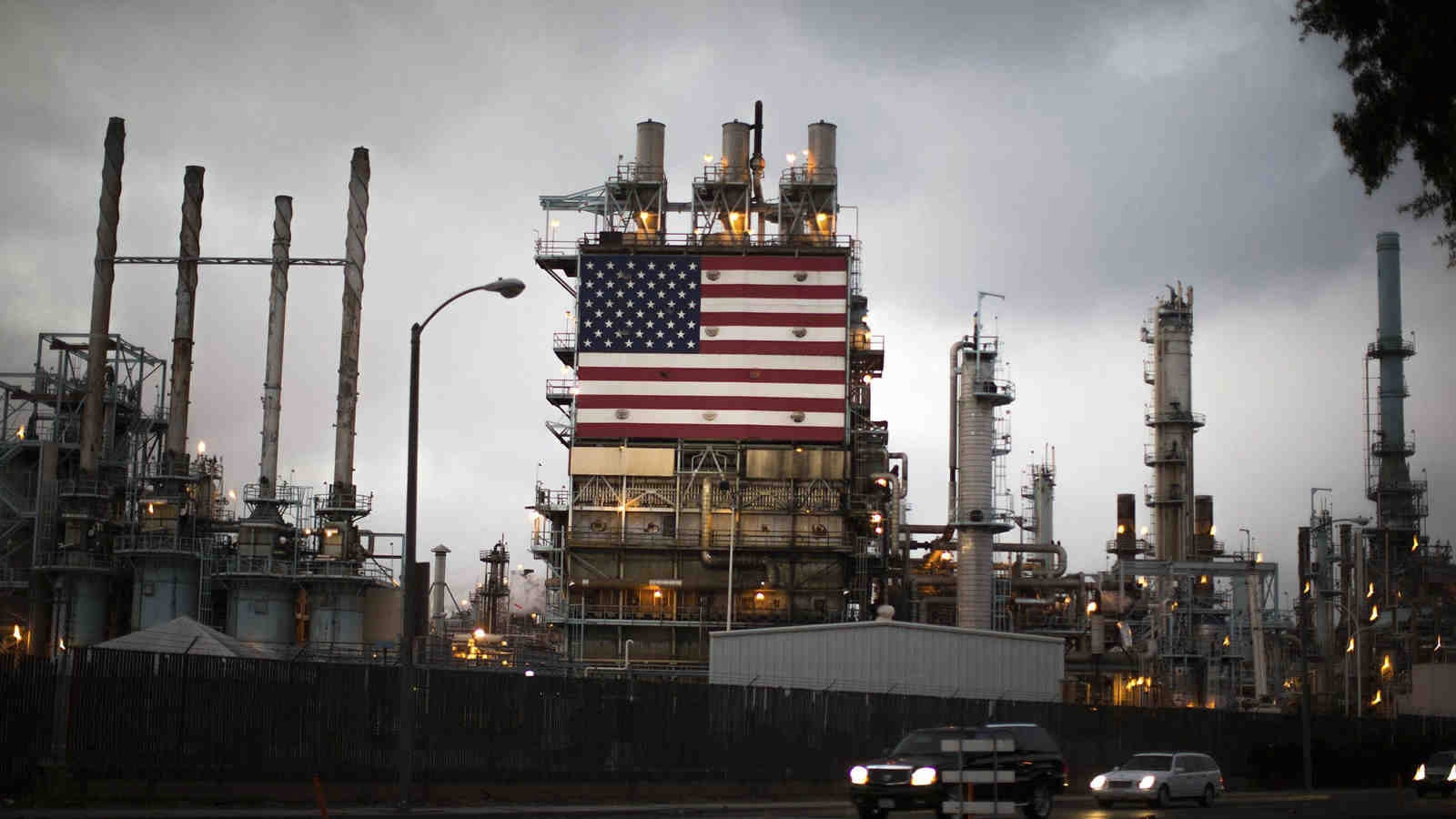
Business
22:00, 08-Aug-2017
Oil producers meet to re-balance output cut

By CGTN’s Nawied Jabarkhyl
Both OPEC and some non-OPEC countries are meeting in Abu Dhabi to discuss why certain countries aren’t meeting their oil output cut targets.
The current agreement, which runs until March 2018, aims to cut 1.8 million barrels per day off markets.
However, OPEC exports hit a 2017-high of over 26 million barrels per day last month, and the cartel’s production also hit a record high in July.
“The outcome that they planned for was for higher prices. When those prices are higher and you’ve got countries whose balance sheet depends on oil revenues, they’re going to inevitably cash-in,” says Matt Stanley, a commodities broker with Freight Investor Services.
High on the agenda will be criticism by some producers about the data used to track compliance – the so-called “secondary sources” measure.
“There’s always going to be a degree of reverse engineering backwards, because these sources are coming from media agencies who are discussing with traders with oil companies,” said Edward Bell, Commodity Analyst at Emirates NBD, the merger of Emirates Bank and National Bank of Dubai formed in 2007.

Saudi Arabia's Energy Minister Khalid al-Falih has lashed out at some other OPEC nations that do not stand by the output cut requirements. /VCG Photo
Saudi Arabia's Energy Minister Khalid al-Falih has lashed out at some other OPEC nations that do not stand by the output cut requirements. /VCG Photo
Some countries like Iraq and the United Arab Emirates, claim the “secondary sources” aren’t accurate, and that they’re being asked to cut more than they need to.
Saudi Arabia, which is currently chairing OPEC, says it is willing to discuss the possibility of moving to export targets.
But the move would likely not be without its problems.
“That would probably help to reduce the buildup in inventories in the key export markets for a lot of OPEC producers. But then, you’d have to wonder, if the exports themselves are being limited but production stays steady, there is oil that’s still going to be building up somewhere,” Bell said.
Perhaps the biggest difficulty the production cut faces is from external producers, namely the United States.

The US flag displayed at an oil refinery in Los Angeles. /CFP Photo
The US flag displayed at an oil refinery in Los Angeles. /CFP Photo
Four major US shale drillers announced they had exceeded output target for the second quarter. US petroleum and natural gas exploration company, EOG Resources, also lifted its daily output by 25 percent to a record high of 334,700 barrels per day.
That made many analysts believe oil prices may stay close to current levels throughout 2017.
“I would say we’re going to end up closing around the $50 a barrel mark. I no longer see that prices are low, I just see that the price is the price,” Stanley said.
5842km

SITEMAP
Copyright © 2018 CGTN. Beijing ICP prepared NO.16065310-3
Copyright © 2018 CGTN. Beijing ICP prepared NO.16065310-3